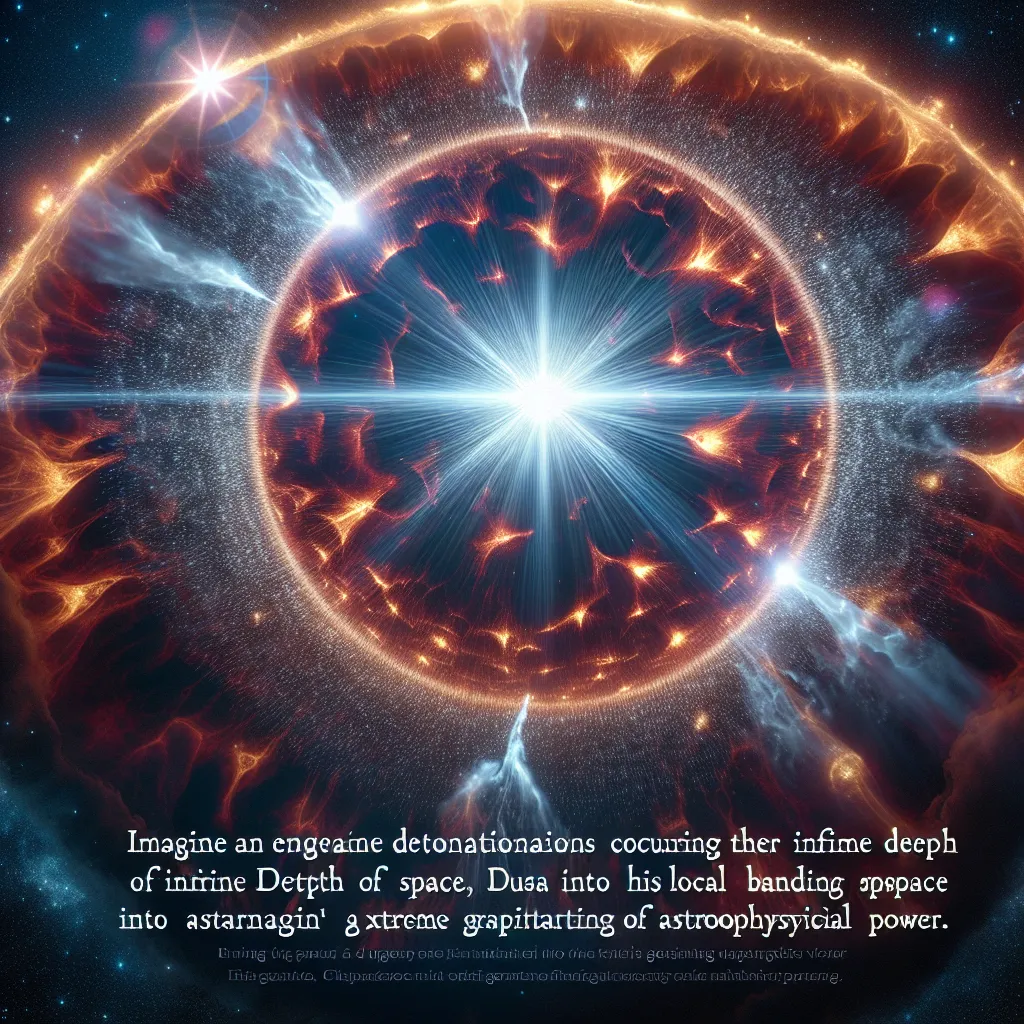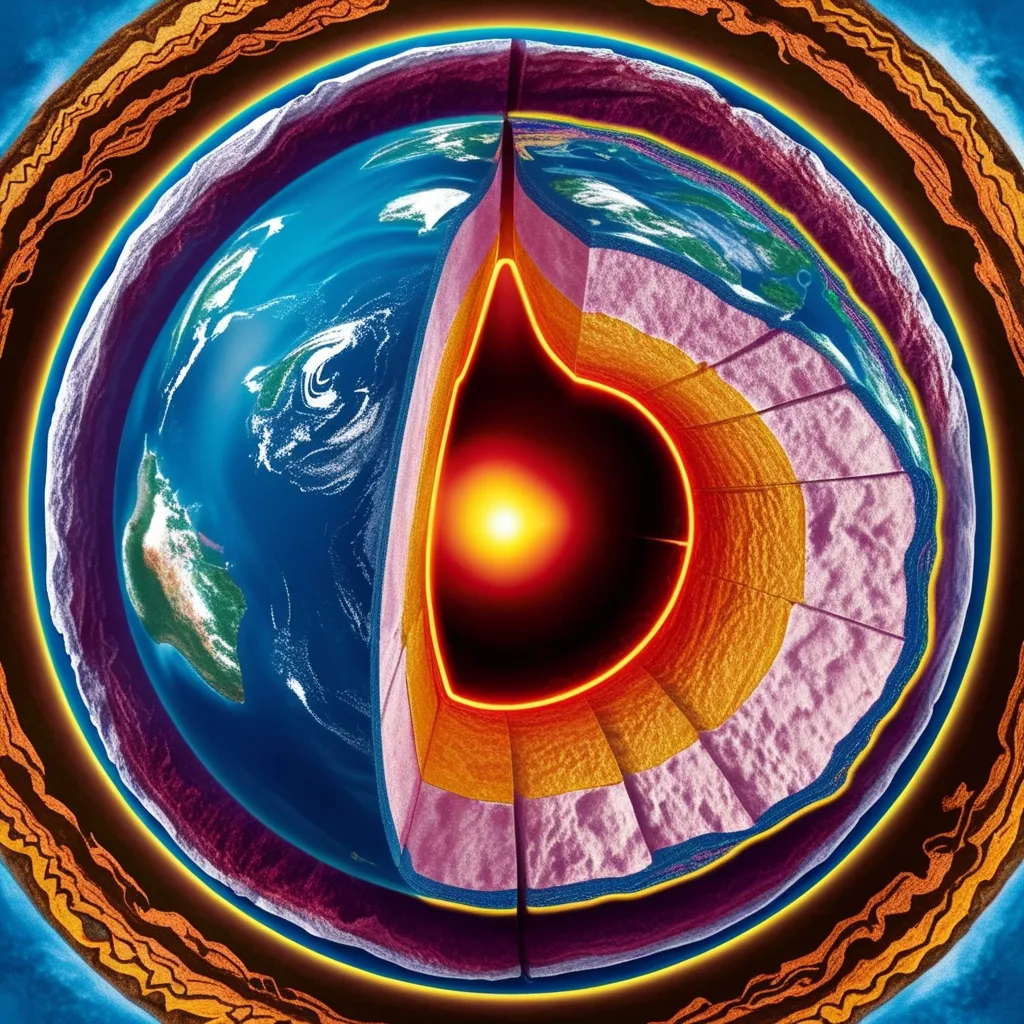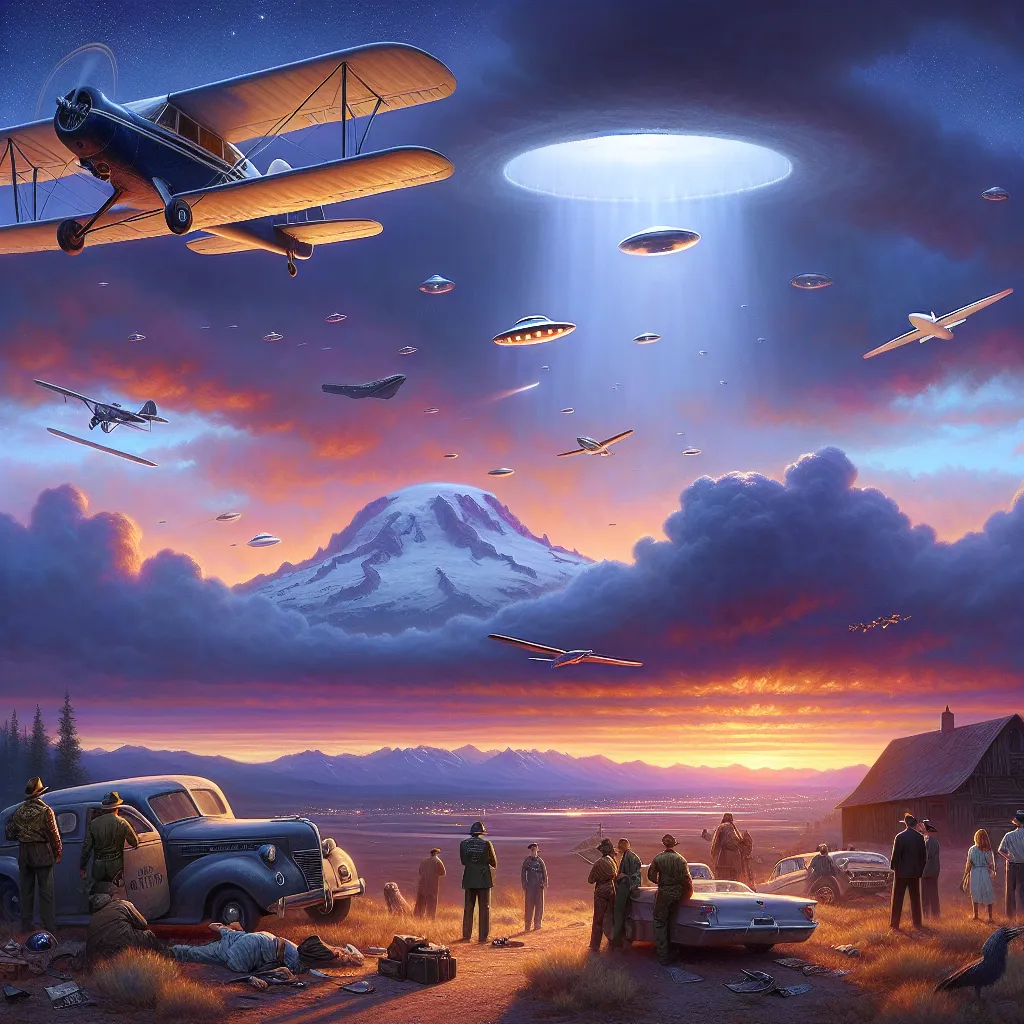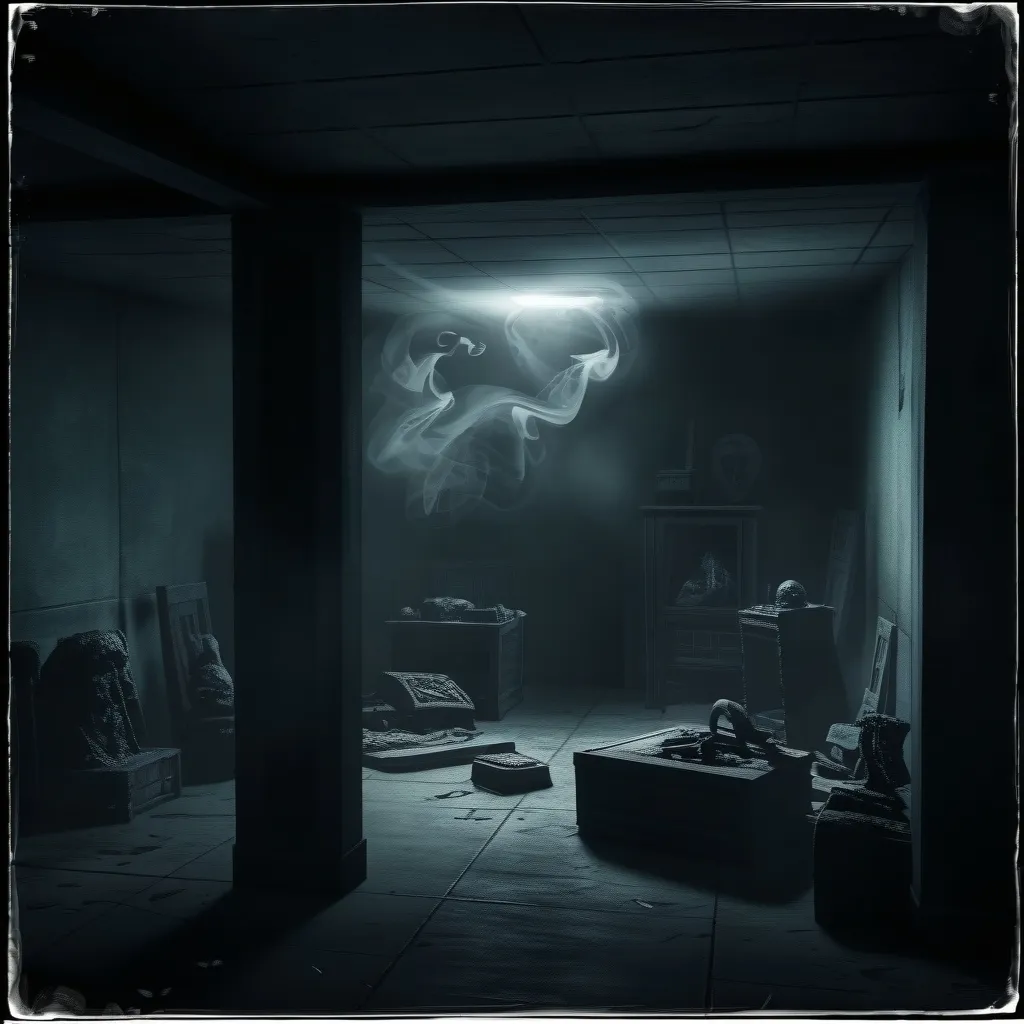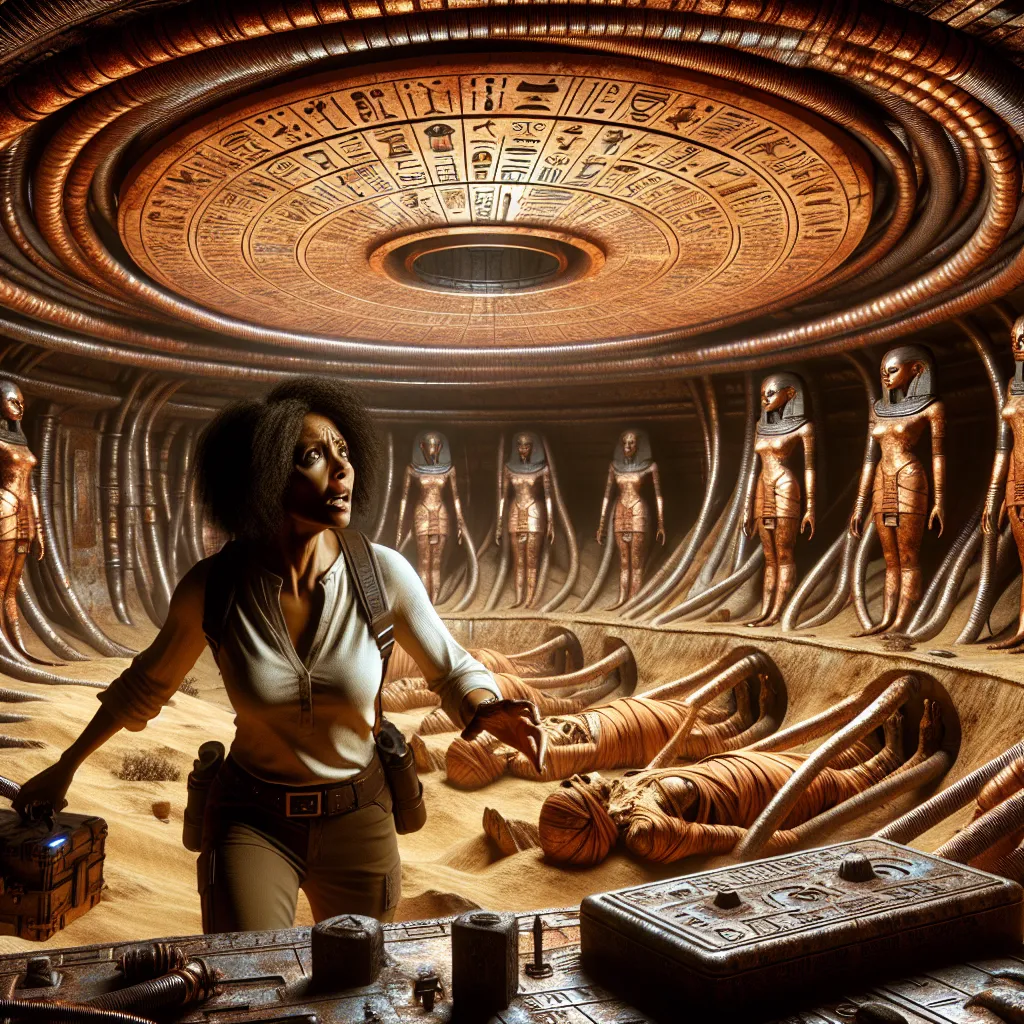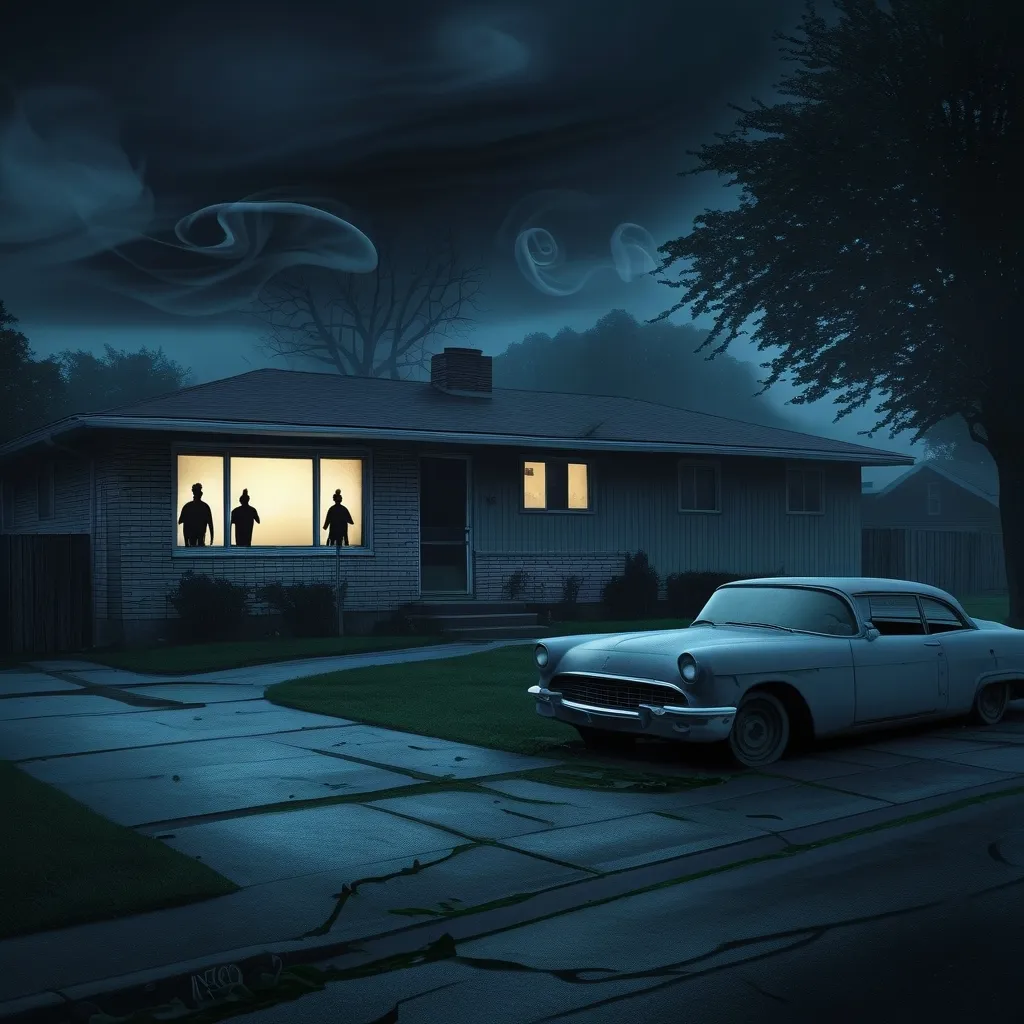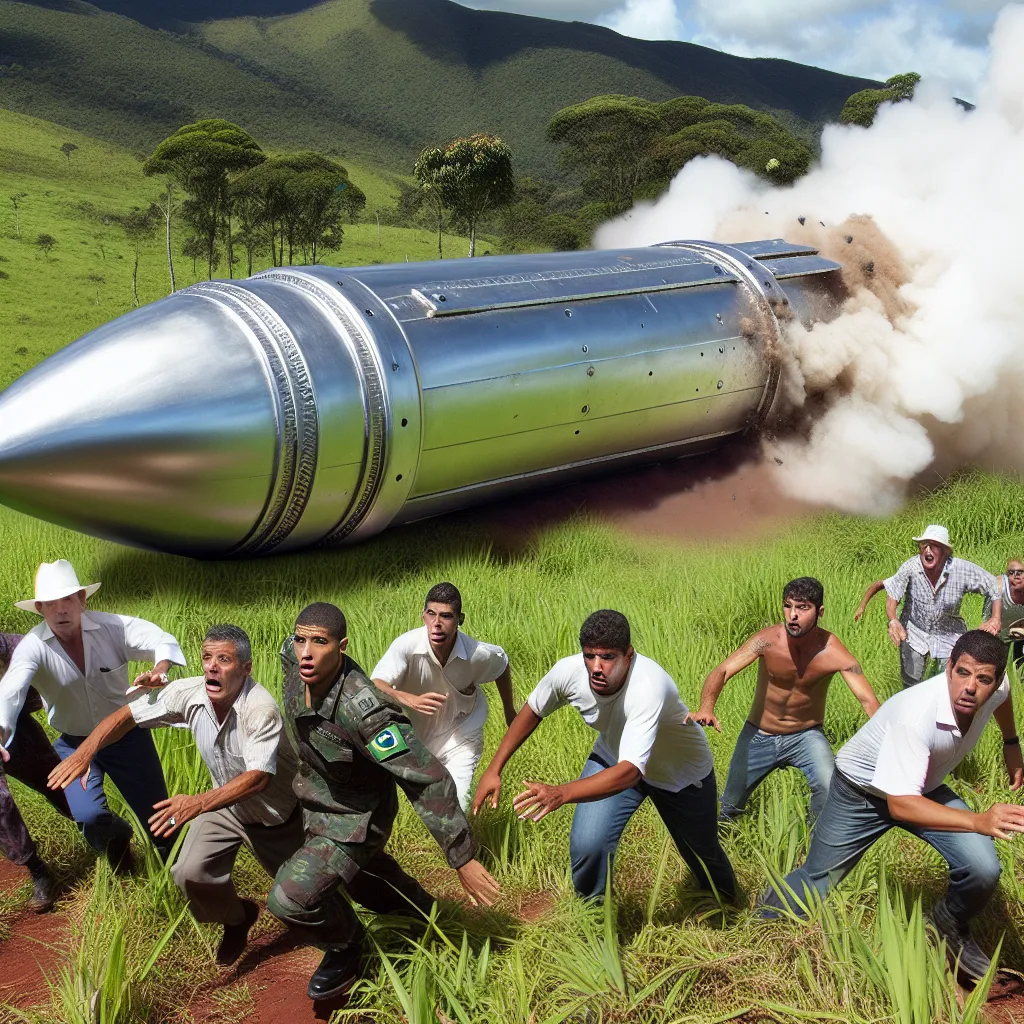Neutron stars are some of the universe’s most intense and dramatic creations. Picture giant atomic nuclei, just a few kilometers wide but as massive as stars. They exist because of the catastrophic end of something grand.
Stars function due to a delicate balance. Massive amounts of hot plasma get pulled inward by gravity, squeezing material so tightly that nuclear fusion occurs. Hydrogen fuses into helium, releasing energy that pushes back against gravity. This balance keeps stars stable, but when hydrogen depletes, things get interesting.
Medium-sized stars like our Sun shift into a giant phase, burning helium into carbon and oxygen, eventually turning into white dwarfs. But stars much bigger than our Sun go through more intense transformations. When their helium runs out, gravity takes over, causing the core to burn hotter and fuse heavier elements like carbon into neon and neon into oxygen, all the way up to iron.
Iron essentially marks the end. It doesn’t generate energy through fusion, causing fusion to cease and gravity to crush the core. This triggers a dramatic chain reaction. Electrons and protons get forced into each other, forming neutrons, resulting in a dense core the size of a city. The outer star layers collapse inward at a quarter of the speed of light, bouncing off the iron core and creating a massive explosion known as a supernova.
The aftermath of this cosmic fireworks is a neutron star. These stars are incredibly dense, with their mass compressed into an area only about 25 kilometers wide. To put it in perspective, one cubic centimeter of neutron star matter contains the mass of all living humans combined.
On the exterior, neutron stars exhibit extreme gravitational pull, second only to black holes. Light bends around them, creating a surreal visual effect. Their surfaces blaze at a million degrees Celsius. Inside, they resemble planets with solid crusts over liquid cores. The crust, mainly composed of iron, becomes so compressed that the structure transforms into a super-dense material known as nuclear pasta.
This nuclear pasta could be the strongest material in the universe. Beneath it lies a core where matter exists in unknown states, possibly as quark-gluon plasma or strange matter. Scientists study neutron stars to unlock these mysteries.
Newly formed neutron stars spin rapidly, akin to a ballerina pulling in her arms. Their intense magnetic fields generate beams of radio waves, creating pulses as the star rotates. These pulsars are well-known, with around 2,000 discovered in the Milky Way. Some neutron stars have incredibly strong magnetic fields and are called magnetars.
When two neutron stars orbit each other, they lose energy through gravitational waves, getting closer until they eventually collide in a kilonova explosion. This event is so extreme that it creates heavy elements like gold and platinum. Remarkably, these elements are dispersed into the universe and eventually become part of new star systems, continuing the cycle.
Incredibly, the elements forged in these ancient stellar deaths are what makes up our world today. Our entire technological society is built from materials that originated in this cosmic process, a testament to the fascinating journey of matter through the universe.
